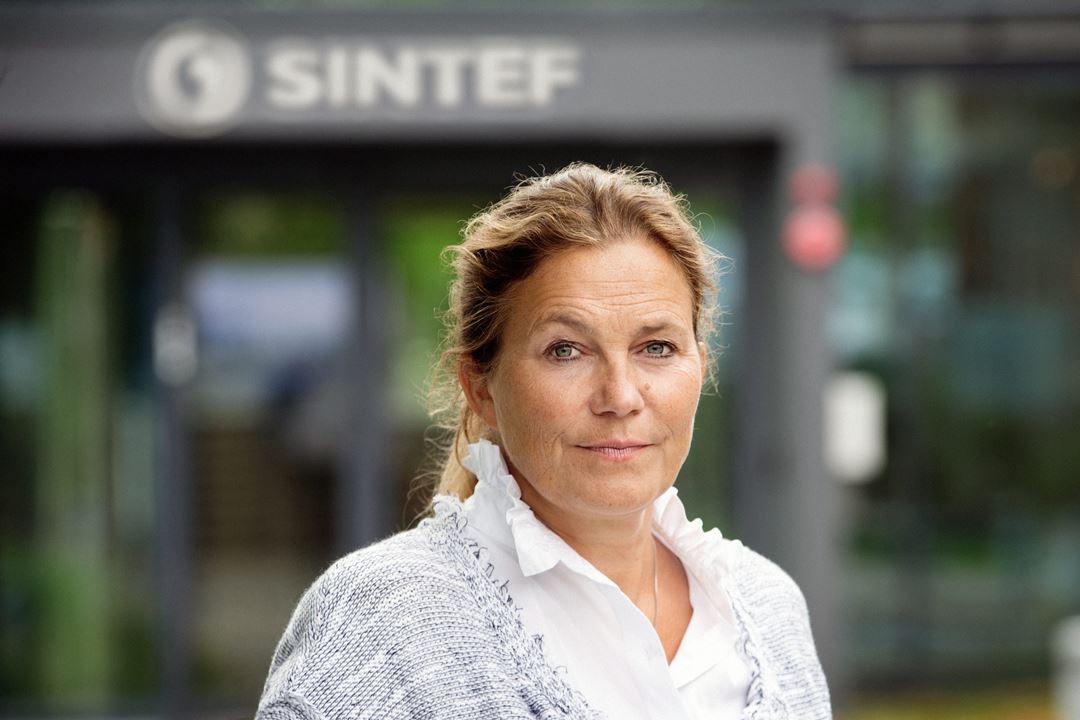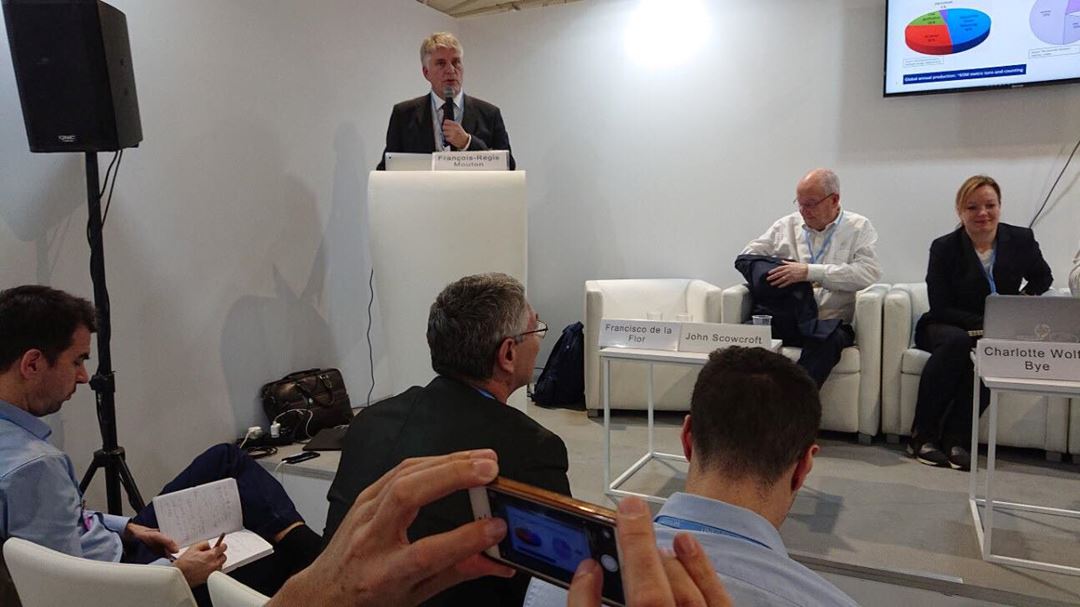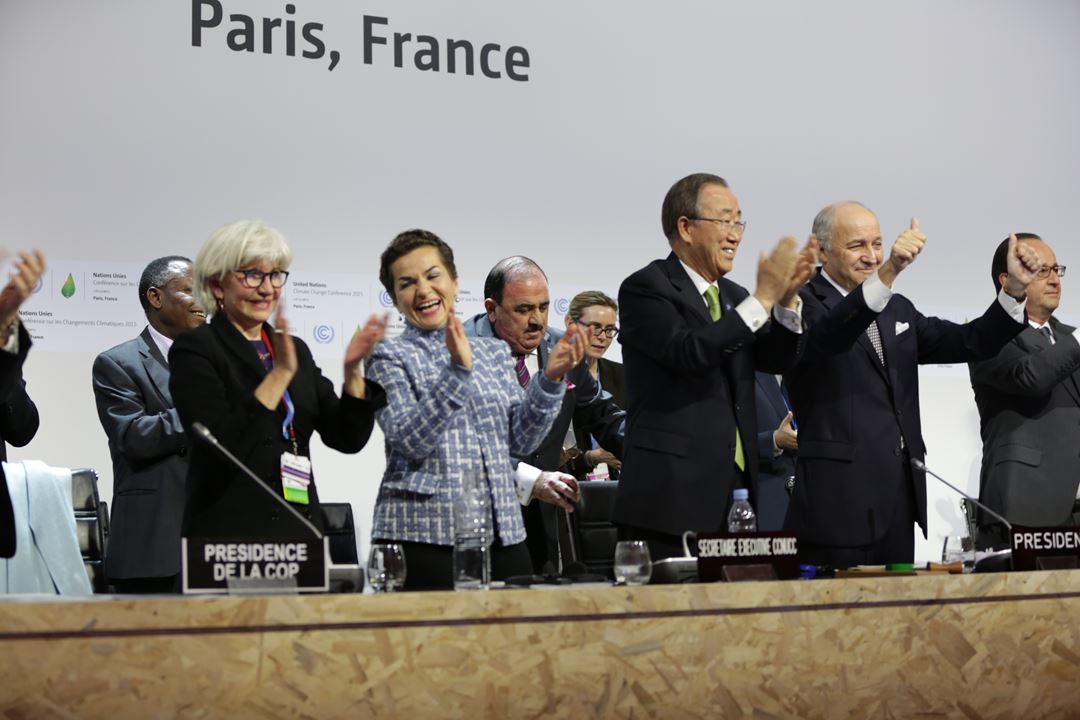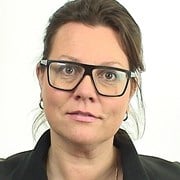The United Nations are organising the Glasgow climate summit in November, with 190 countries negotiating the implementation of the Paris Agreement. The summit, also known as COP26, is a leading forum for authorities, politicians, industry, the scientific community and diverse interest groups.
- The International Energy Agency (IEA) warns in its latest report that the green transition will be delayed by 40 years without a significant increase in international cooperation. This is the reason we're participating in COP, says SINTEF Vice President for Sustainability, Nils Røkke.

SINTEF has participated in the UN Climate summits since 2009. This year, SINTEF is increasing its participation and presence by joining the Norway pavilion, in collaboration with the Norwegian Ministry of Foreign Affairs, Bellona, Aker Horizons and other Norwegian actors. SINTEF will be participating in several events and meetings during the summit.
The decade of upscaling
COP26 promises to be the most important climate summit since the Paris Agreement was signed, in 2015. New climate measures will be announced, and long-term plans and goals will be laid out to reach the goal of a zero-emission society by 2050.
- We are in the decade of upscaling: We have to optimise and scale up solutions where the technology is mature, and invest in developing solutions where there are none today, says Bech Gjørv.
The IEA's report Net Zero by 2050 states that we currently have at our disposal only half of the technology required to reach net-zero by 2050. In other words, we have half of the answers, with 29 years to go.
- The pandemic demonstrated how important scientific cooperation can be to answer urgent challenges. This applies to the climate crisis as well. What we need to do is increase our investment in research, education and innovation. What we want to show at COP26 is how we can develop the required technology to achieve climate neutrality in 2050, through our comprehensive research and innovation activities in Norway and Europe, says Alexandra Bech Gjørv.
Three topics: Massive upscaling, climate adaptation and biodiversity
SINTEF wishes to highlight three topics in Glasgow:
- The need for a massive upscaling and development of brand-new climate technologies, like climate-positive solutions
- Adapting today's infrastructure to the warming climate
- Implementing new green technologies in harmony with nature
- Almost all modelled pathways to zero-emissions include removing CO₂ from the atmosphere, says Bech Gjørv. But in this field, we need more solutions and a stronger focus on research. The work needed to develop these so-called climate positive solutions is one of the topics we wish to discuss at COP.
In September, UN General Secretary António Guterres warned that without a reduction in emissions, the world is heading towards a warming of 2.7 degrees.
- Adapting to the new climate is critical to ensure a safe society in a world that will be warmer, wetter and more unpredictable. Such preparations do not conflict with the work to stop man-made greenhouse gas emissions. Both sides of the equation require significantly increased efforts, Bech Gjørv adds.
The UN says it's still possible to avoid 2.7 degrees of warming, but that it will require a markedly larger investment in renewable energy.
- Renewable energy projects will lead to encroachments on nature, which means it's important that the development of new energy solutions is carried out in a way that respects nature, says Nils Røkke. He gives as an example solutions that have been developed in the past to allow for increased hydropower production while ensuring fish welfare, and high-voltage transmission lines that are designed to have less of an impact on birds of prey.



